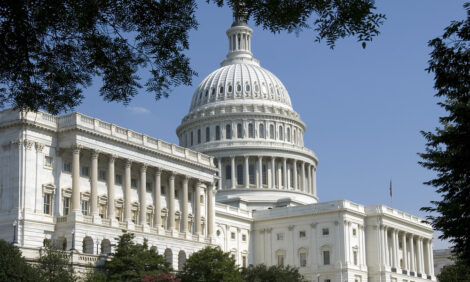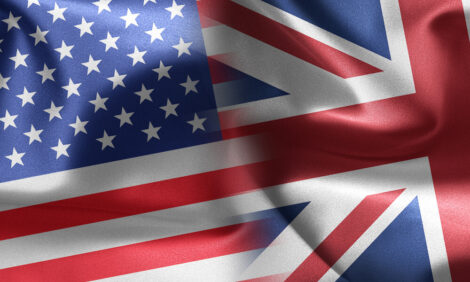



Huge Strides for US Beef in Russia
US - Russia was one of the hottest markets for US beef during the first half of 2012, a trend upon which the beef checkoff has capitalized through trainings and promotions.Coming off a record performance in 2011, beef and beef variety meat exports to Russia were up 17 per cent in volume (84.2 million pounds) and 57 per cent in value ($162.2 million) year-on-year through the first half of 2012.
Looking ahead, prospects for continued export growth are bolstered by Russia's entry into the World Trade Organisation (WTO). Though Russia's invitation to join the WTO became official in December 2011, the Russian Parliament just recently (in late July) passed legislation to complete its accession to the WTO. This means that many of the trade commitments Russia agreed to as part of its WTO accession take effect tomorrow (August 23, 2012).
“The duty on frozen beef muscle cuts will remain unchanged at 15 per cent,” explains Thad Lively, senior vice president for trade access for the US Meat Export Federation (USMEF), contractor to the beef checkoff.
“However, the US beef industry is already benefiting from the WTO accession because of Russia's commitment to increase the quota on US beef imports. That quota was only 47 million pounds in 2010 and 92 million pounds last year, but for 2012 it has been increased to 132 million pounds.”
While most US beef exports to Russia are frozen, the US industry may also be able to capitalize on a new opportunity for chilled beef, Lively added. Russia has established a new, 24-million-pound quota for chilled beef from suppliers outside of the European Union.
To say that the Beef Checkoff Program is promoting US beef far and wide in Russia would be an understatement. Two promotional events this summer were separated by nearly 7,000 miles and eight time zones.
In cooperation with the Association of Restaurateurs and Hoteliers of Kaliningrad, Russia, the national checkoff and the Texas Beef Council recently helped fund a first-of-its-kind US beef master class in this uniquely positioned and strategically important region. With about 500,000 residents in its main metropolitan area, Kaliningrad has a growing restaurant and hotel sector with a wide variety of culinary styles and menu concepts. The objective of the master class was to demonstrate the many ways that US beef can add quality and versatility to any menu.
“We are very excited to see so much enthusiasm for US beef in new retail and foodservice outlets,” says Kevin Kester, a cattleman from Parkfield, California and chair of the checkoff's Joint International Markets Committee. “It only opens the door for more US product, which beef producers should be excited about as well.”
TheCattleSite News Desk


